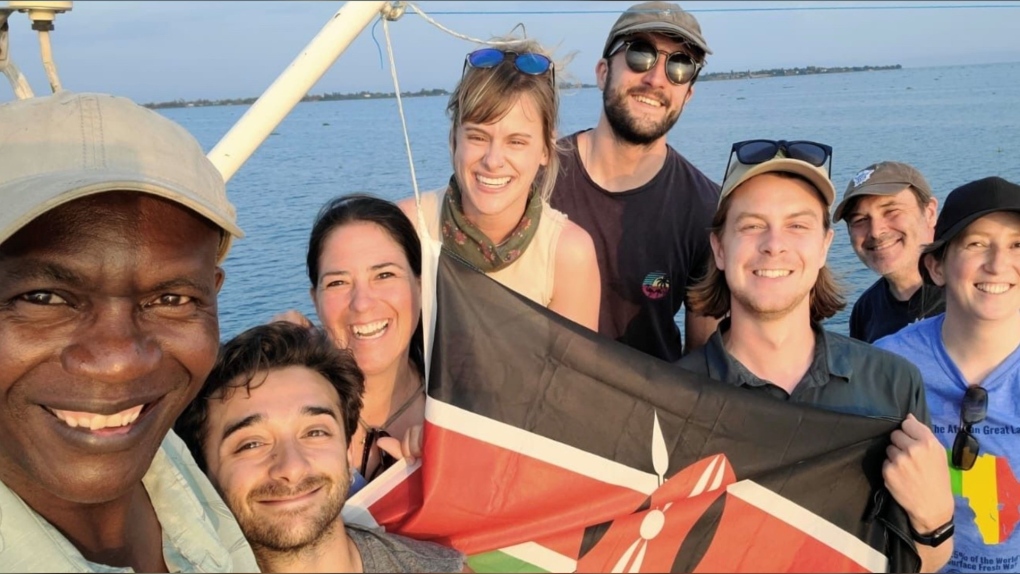Mike McKay, director of the Great Lakes Institute for Environmental Research (GLIER) and a team of students spent three weeks studying Lake Victoria.
“Algal blooms are happening across the world. Can we learn from others, their experiences with these blooms, how they’re treating the blooms?” McKay tells CTV News in an interview.
McKay says Lake Victoria is the fifth largest freshwater lake in the world and algae blooms are a concern.
 Studying algal blooms (Source: Mike McKay)“The problem is mainly exacerbated by agricultural input and nutrients, fertilizers, nitrogen and phosphorus,” says McKay.
Studying algal blooms (Source: Mike McKay)“The problem is mainly exacerbated by agricultural input and nutrients, fertilizers, nitrogen and phosphorus,” says McKay.
McKay says Kenya doesn’t have “industrial-scale farming” like we do here in Ontario, nor are the fisheries large. Rather he says agricultural operations are smaller in scale, and as a result, have less impact on the water.
However, McKay says their wastewater treatment infrastructure isn’t at the same standard, and he believes a lot of the algae blooms are caused by untreated water getting into the lake.
“A lot of the early efforts of the Great Lakes water quality agreement tried to target those direct inputs and nutrients into the lakes by beefing up infrastructure of a wastewater treatment plant,” says McKay.
The team will now go over their data to draft a report on how Ontario might learn from the Kenyans and vice versa.
 A group of students study algal blooms (Source: Mike McKay)Already, however, McKay believes tackling algae blooms will require more than just environmental sciences. He believes it will require the input of social science professors and students.
A group of students study algal blooms (Source: Mike McKay)Already, however, McKay believes tackling algae blooms will require more than just environmental sciences. He believes it will require the input of social science professors and students.
“You have to understand human behavior. You have to understand are there incentives that can be provided for people to change their behaviors. And so having a strong social science component will be important as we continue to work,” says McKay.




















Discussion about this post